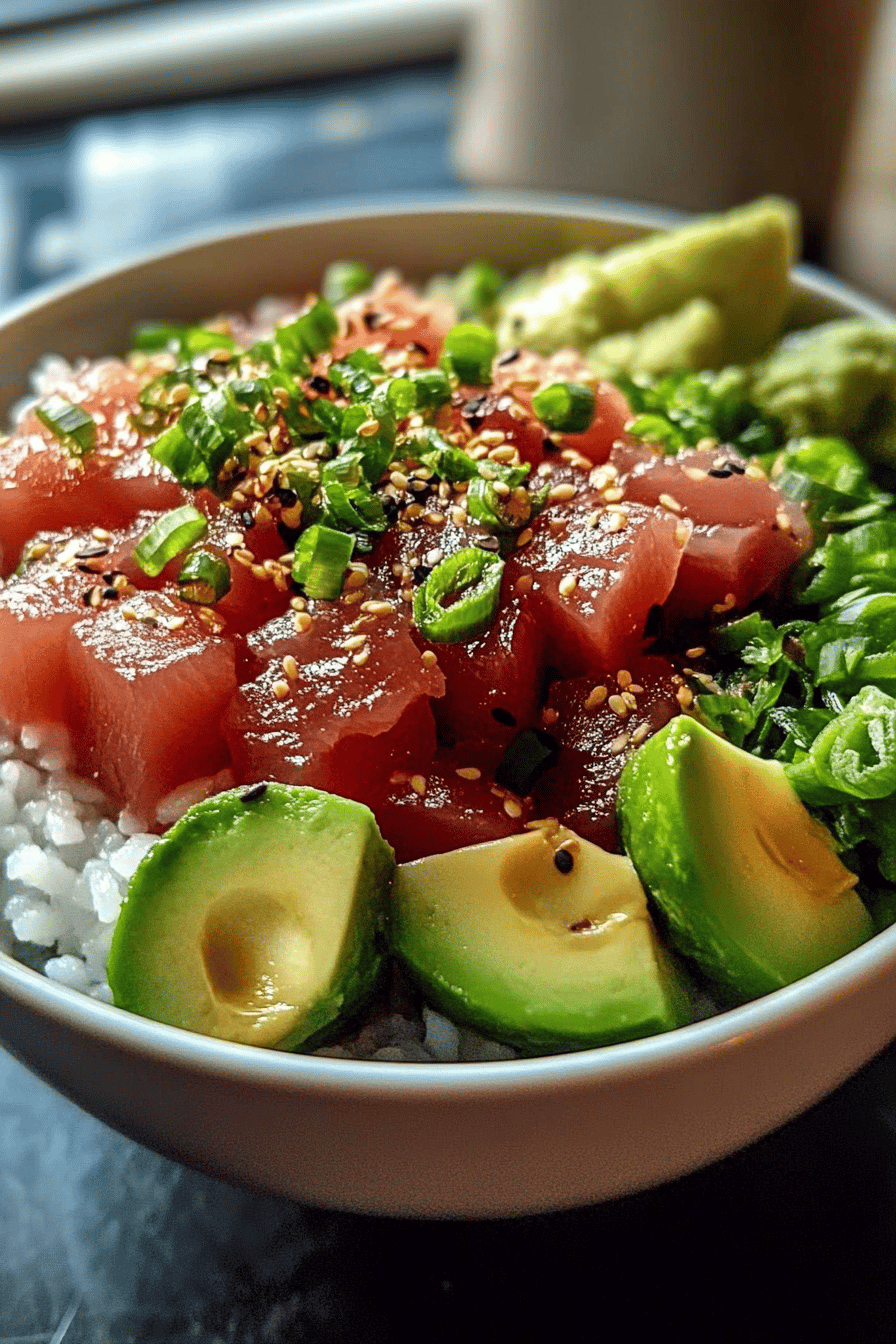There are some recipes that just feel like a warm hug, aren’t there? This Greek Lemon Rice is one of those for me. It’s the kind of dish that transports me straight back to my Yiayia’s kitchen, the air thick with the scent of citrus and herbs. Growing up, whenever the weather turned a bit grey, or when we just needed a little extra sunshine, this was what she’d whip up. It’s not just rice; it’s a fluffy, fragrant cloud infused with bright lemon and a hint of savory goodness. If you love fluffy pilafs or comforting rice dishes, but are looking for something with a bit more zest, something that feels both nourishing and incredibly special, then you are in for a treat. This Greek lemon rice is my go-to for a reason, and I can’t wait to share it with you.
Thank you for reading this post, don't forget to subscribe!
What is Greek Lemon Rice?
So, what exactly is this delightful Greek lemon rice I’m raving about? Think of it as your favorite fluffy rice, but elevated. It’s essentially long-grain rice, often Arborio or a similar medium-grain variety, cooked in a flavorful broth with plenty of fresh lemon juice and zest, along with some aromatics like garlic and sometimes onion. The beauty of it is how simple yet impactful the flavors are. It’s not just rice cooked with lemon; it’s rice that has truly absorbed that vibrant, sunny essence. It’s comforting, satisfying, and has this wonderful lightness to it that makes it perfect for so many meals. It’s the kind of dish that doesn’t demand a lot of fuss but delivers a whole lot of flavor. It’s rustic and elegant all at once, which is why it’s become such a staple in my kitchen.
Why you’ll love this recipe?
Honestly, there are so many reasons why I think you’ll fall head over heels for this Greek lemon rice, just like I have. First off, the flavor profile is absolutely divine. It’s bright, zesty, and wonderfully aromatic without being overpowering. That fresh lemon cuts through everything, making it feel incredibly refreshing. What I love most about this is how ridiculously simple it is to make. You don’t need any fancy techniques or hard-to-find ingredients. It’s genuinely a lifesaver on busy weeknights when you want something wholesome and delicious without spending hours in the kitchen. Plus, it’s incredibly budget-friendly! Rice, lemons, and a few pantry staples – that’s pretty much it. It’s a far cry from some more complicated Mediterranean dishes, but it holds its own in terms of sheer deliciousness. And the versatility! Oh my goodness, you can serve this with almost anything. It’s like a chameleon of the culinary world. I’ve made it countless times, and it never fails to impress. It’s a little bit like my Greek Lemon Chicken Soup, in that it’s pure comfort food with a bright, zingy twist that just makes everything feel better. This Greek lemon rice truly stands out because it’s approachable for beginners but satisfying enough for seasoned cooks.
How do I make Greek Lemon Rice?
Quick Overview
Making this Greek lemon rice is surprisingly straightforward. You’ll essentially be toasting your rice, then simmering it in a flavorful broth infused with lemon and herbs until it’s perfectly tender and fluffy. It’s all about building layers of flavor from the get-go. The key is good quality broth and fresh lemon juice – don’t skimp on those! It’s a forgiving recipe, so even if you’re new to cooking rice, you’ve got this. The whole process, from start to finish, usually takes about 30-40 minutes, making it perfect for a quick weeknight dinner side or a light lunch.
Ingredients
For the Main Dish:
2 tablespoons olive oil
1 medium onion, finely chopped (about 1 cup)
2 cloves garlic, minced
1 ½ cups Arborio rice (or medium-grain rice like Calrose)
4 cups low-sodium chicken or vegetable broth, warmed
Juice of 1-2 large lemons (about ¼ to ½ cup, depending on your love for lemon!)
Zest of 1 large lemon
½ teaspoon dried oregano
Salt and freshly ground Black Pepper to taste
¼ cup fresh parsley, chopped, for garnish
Optional additions for extra flavor:
Pinch of red pepper flakes for a little warmth
A few sprigs of fresh dill for a different herbaceous note

Step-by-Step Instructions
Step 1: Sauté Aromatics
Grab a medium-sized saucepan or a Dutch oven – one with a good lid is best. Heat the Olive oil over medium heat. Add your finely chopped onion and cook, stirring occasionally, until it’s softened and translucent, which should take about 5-7 minutes. You don’t want it to brown, just to get nice and soft. Then, add the minced garlic and cook for another minute until fragrant, being careful not to burn it. The smell at this stage is just heavenly!
Step 2: Toast the Rice
Now, add the Arborio rice to the pot. Stir it around with the onions and garlic for about 2-3 minutes. You’ll see the grains start to look a little translucent around the edges. This toasting step is super important; it helps the rice absorb liquid more evenly and gives it a lovely, nutty flavor. It’s a little trick I picked up years ago that makes a world of difference.
Step 3: Add Liquids and Seasonings
Pour in the warmed broth. I always like to warm my broth first; it helps the rice cook more evenly. Stir in the fresh lemon juice (start with the juice of one lemon, you can always add more later if you like it extra zesty!), the lemon zest, dried oregano, salt, and freshly ground black pepper. If you’re using red pepper flakes, toss those in now too.
Step 4: Simmer to Perfection
Bring the mixture to a gentle simmer. Once it’s simmering, reduce the heat to low, cover the pot tightly with the lid, and let it cook undisturbed for about 15-20 minutes. Resist the urge to lift the lid and stir! This is crucial for letting the steam do its magic and cook the rice perfectly.
Step 5: Rest and Fluff
After 15-20 minutes, remove the pot from the heat. Keep the lid on and let it rest for another 5-10 minutes. This resting period is just as important as the cooking time. It allows the rice to finish steaming and absorb any remaining moisture, making it extra fluffy. Once rested, remove the lid and gently fluff the rice with a fork. If it looks a little dry, you can add another splash of broth or lemon juice and gently stir.
Step 6: Taste and Adjust
This is where you taste and adjust the seasonings. Does it need a bit more salt? More lemon juice for an extra punch? This is your chance to make it perfectly yours. Give it a good stir and make sure everything is beautifully combined.
Step 7: Garnish and Serve
Finally, stir in most of the fresh chopped parsley, reserving a little for garnish. Serve your beautiful Greek lemon rice hot, sprinkled with the remaining parsley. The vibrant green against the pale yellow rice is just gorgeous!
What to Serve It With
This Greek lemon rice is so versatile, it truly shines alongside so many dishes. For breakfast, I love it simply with a poached egg on top, maybe a side of grilled halloumi for a salty kick. It’s surprisingly satisfying and feels so much more interesting than plain toast! For a delightful brunch, imagine it as the star alongside some roasted vegetables, maybe some crispy Greek sausages or even some flaky spanakopita. It adds a lovely brightness that cuts through richer flavors beautifully. As a light dessert, this might sound a bit unusual, but a small, warm portion with a drizzle of honey and a sprinkle of toasted almonds can be absolutely divine. It’s not overly sweet, so it hits that craving for something comforting without being heavy. And for cozy snacks, it’s perfect on its own, maybe with a dollop of Greek yogurt or a sprinkle of feta cheese. My family also loves it as a side for grilled chicken or fish – the lemon flavor just complements seafood so wonderfully. It’s also a fantastic accompaniment to lamb dishes, really bringing out those Mediterranean flavors.
Top Tips for Perfecting Your Greek Lemon Rice
I’ve made this Greek lemon rice more times than I can count, and over the years, I’ve picked up a few tricks that really help elevate it from good to absolutely stellar. For starters, don’t rush the sautéing of the onions and garlic; a nice slow sauté builds a crucial flavor base. And when you’re toasting the rice, make sure you stir it constantly for those 2-3 minutes. It might seem tedious, but it really does make a difference in the final texture, preventing it from clumping. When it comes to the liquid, using warm broth is a game-changer. It helps the rice cook more uniformly and prevents the cooking temperature from dropping too much when you add it. For the lemon juice, I always taste my lemons first – some are more tart than others. It’s better to start with the juice of one lemon and a bit of zest, then taste and add more juice at the end if you want it tangier. Don’t be afraid to really zest that lemon; a lot of the aromatic oils are in the zest, and it adds so much fragrance. I’ve tried using bottled lemon juice in a pinch, and honestly, it’s just not the same; the fresh stuff is non-negotiable for me here. When it comes to resting the rice, please, please don’t skip that step! It’s the secret to that perfectly fluffy, non-mushy texture. I’ve learned this lesson the hard way after rushing it once and ending up with slightly sticky rice. And if you find your rice is a little too firm after the cooking time, just add a tablespoon or two of hot water or broth, cover again, and let it sit for another few minutes. As for ingredient swaps, if you can’t find Arborio, a good quality medium-grain rice like Calrose works beautifully and is often more budget-friendly. You can also play with the herbs; a little bit of fresh dill added with the parsley can give it a lovely, slightly different Mediterranean flair. And for a richer flavor, you can always swap out half the broth for a good quality white wine and let it cook off before adding the broth.
Storing and Reheating Tips
This Greek lemon rice is wonderful for leftovers, which is a lifesaver for me. If you find yourself with extra, let it cool completely before storing. At room temperature, it’s best to consume it within two hours, just to be on the safe side with cooked rice. For refrigerator storage, transfer the cooled rice to an airtight container. It will stay good in the fridge for about 3-4 days. I find that when reheating, a splash of water or broth helps revive its fluffiness. You can gently reheat it in a saucepan over low heat, stirring occasionally, or pop it in the microwave for 1-2 minutes, stirring halfway through. If you want to freeze it, make sure it’s completely cooled. Portion it into freezer-safe bags or containers. It should keep well in the freezer for about 2-3 months. When you’re ready to use it, thaw it in the refrigerator overnight, then reheat as you would the refrigerated leftovers. I usually don’t add the fresh parsley until after reheating, just before serving, to keep it bright and fresh. The lemon flavor can sometimes mellow a bit when stored, so I often add an extra little squeeze of fresh lemon juice when reheating, just to bring that zing back!
Frequently Asked Questions
Final Thoughts
There you have it – my cherished Greek lemon rice recipe. It’s more than just a side dish to me; it’s a little bowl of comfort and brightness that always feels like home. The way the rice soaks up that beautiful lemon and herb flavor is just magical. It’s one of those dishes that proves you don’t need a long list of complicated ingredients to create something truly delicious and memorable. It’s simple, it’s wholesome, and it’s packed with that sunny Mediterranean spirit that I just adore. I really hope you give this a try, and I can’t wait to hear what you think! If you loved this recipe, you might also enjoy my Greek Lemon Chicken Skewers or my Lemony Asparagus Risotto. Happy cooking, and I hope this Greek lemon rice brings as much joy to your table as it does to mine!










